Wine 101
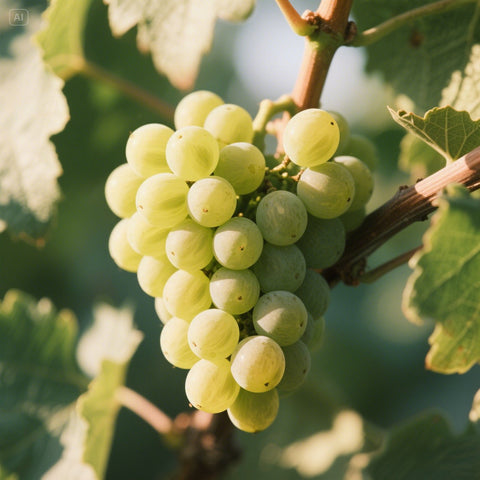
Sauvignon Blanc stands as one of the world's most distinctive and recognisable white wine varieties, celebrated for its vibrant aromatics, crisp acidity, and remarkable ability to express terroir with startling clarity. From the limestone soils of Sancerre to the diverse terroirs of Marlborough, from the noble blends of Bordeaux to the innovative expressions emerging from McLaren Vale, Sauvignon Blanc has demonstrated an extraordinary capacity for adaptation while maintaining its essential character of freshness and intensity. The journey of this noble variety encompasses ancient French origins, genetic discoveries, global expansion, and continuous innovation that continues to reshape our understanding of what great Sauvignon Blanc can achieve.
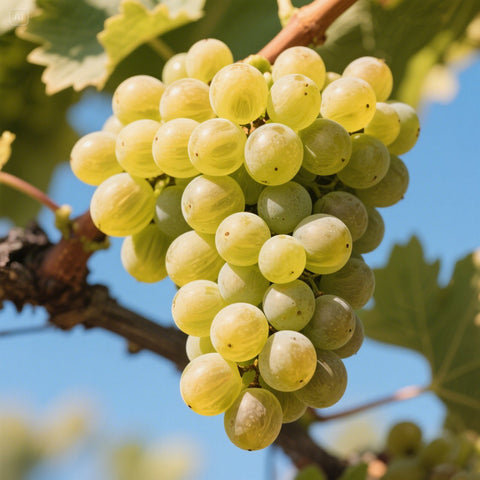
Chardonnay’s journey began in Burgundy’s sacred soils, evolving from monastic cultivation to global fame. A cross between Pinot Noir and Gouais Blanc, it thrives in diverse climates, including McLaren Vale. Through innovation in viticulture and winemaking, Australian producers now craft rich, expressive Chardonnays, proving that this noble grape can flourish even in warm, Mediterranean conditions.
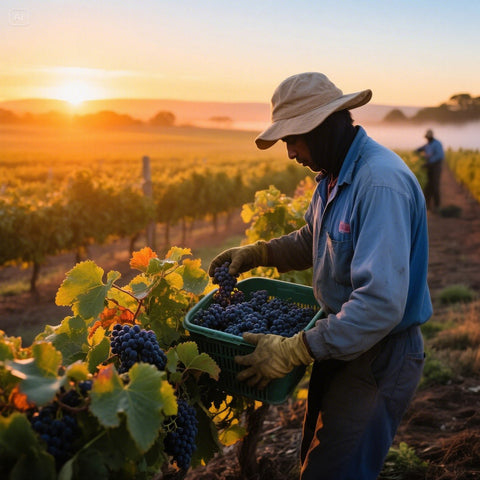
Merlot Wine’s journey spans centuries, from Bordeaux’s prestigious Right Bank to McLaren Vale’s warm, coastal vineyards. Learn how its noble heritage, balanced flavour, and adaptability have made it a global favourite. Discover how Australian winemakers are redefining Merlot and get expert tips on food pairings that bring out its best qualities.
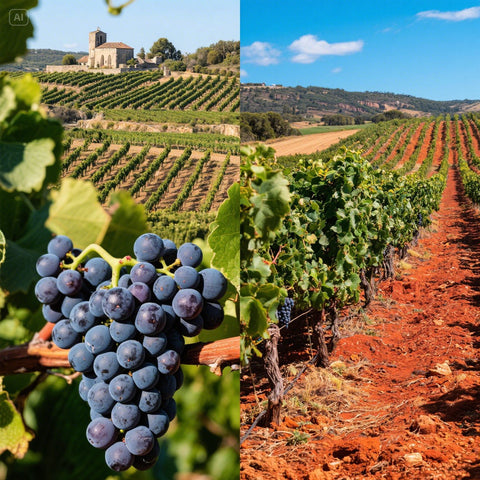
Cabernet Sauvignon stands as the undisputed king of red wine grapes, producing some of the world's most celebrated and age-worthy wines. From the prestigious châteaux of Bordeaux to the hillsides of Napa Valley, from the terra rossa soils of Coonawarra to the diverse terroirs of McLaren Vale, this noble variety has conquered wine regions across the globe. Yet behind its regal status lies a surprisingly humble origin story—one of accidental crossbreeding, centuries of selection, and the relentless pursuit of quality that has elevated Cabernet Sauvignon to its throne in the wine world.
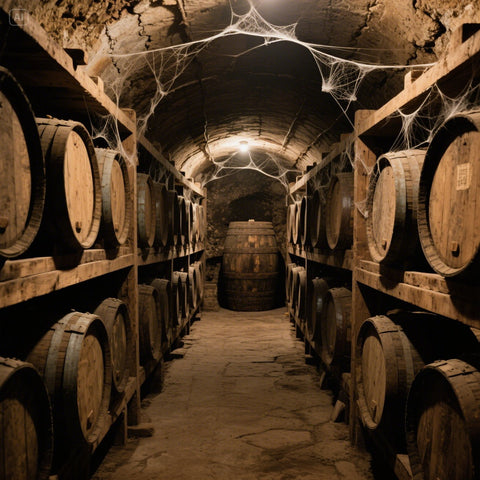
Among the world's great wine grapes, few have as complex and fascinating an origin story as Grenache. This versatile variety, known by different names across the Mediterranean, has been quietly shaping the character of wines from Spain to France to Australia for centuries. Unlike some grape varieties whose origins remain shrouded in mystery, Grenache's journey can be traced through historical records, ampelographic studies, and modern DNA analysis, revealing a story of medieval expansion, cultural exchange, and viticultural adaptation.
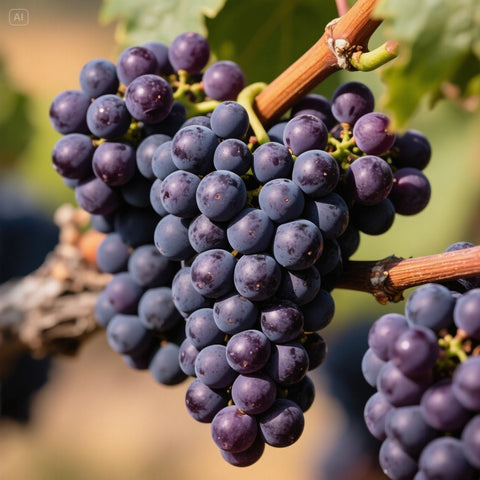
The story of Syrah is one of ancient legends, modern science, and the relentless pursuit of truth in the world of wine. This noble grape variety, known for producing some of the world's most acclaimed red wines, has captivated viticulturalists and wine enthusiasts for centuries with its mysterious past and exceptional quality.

